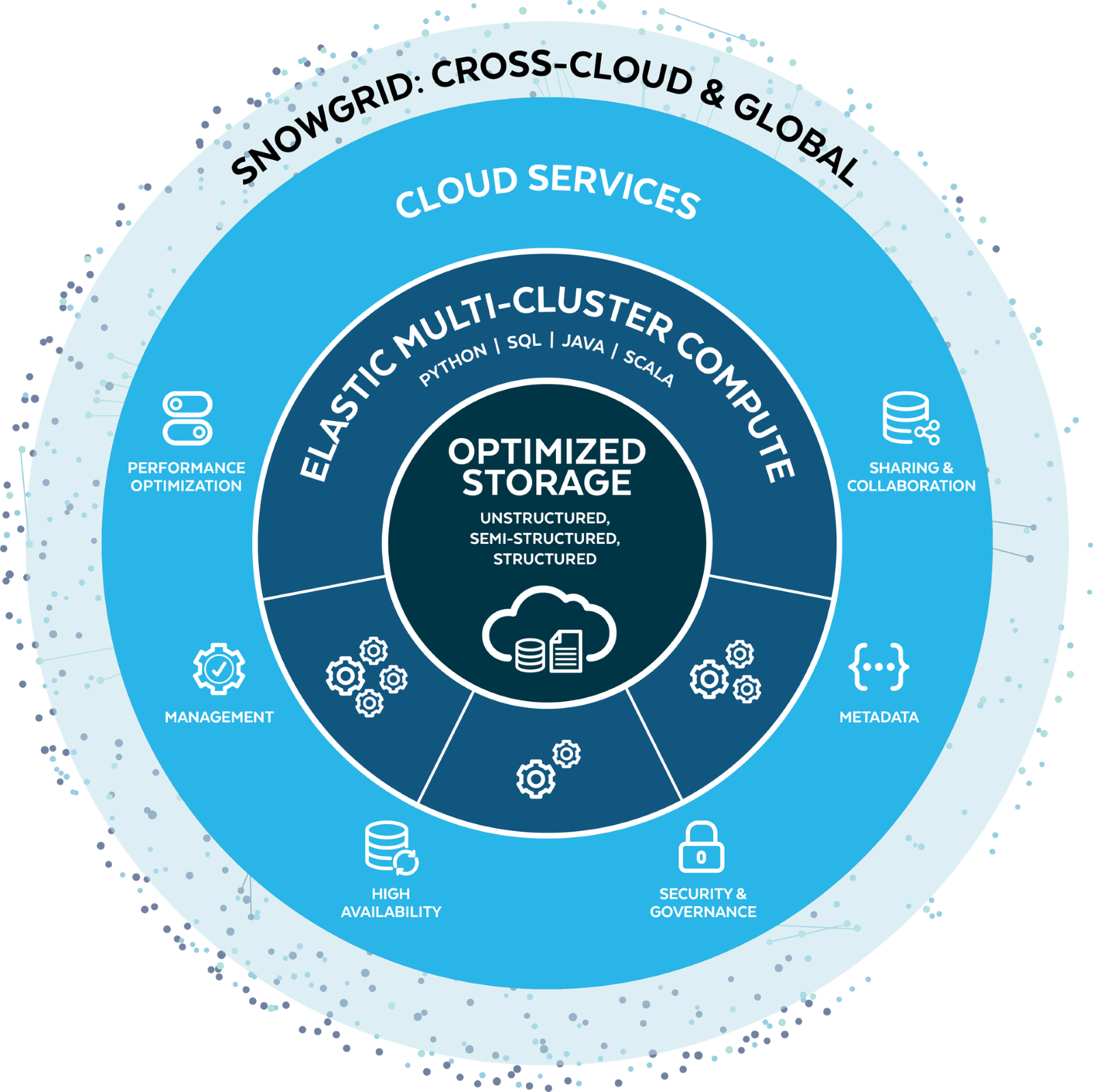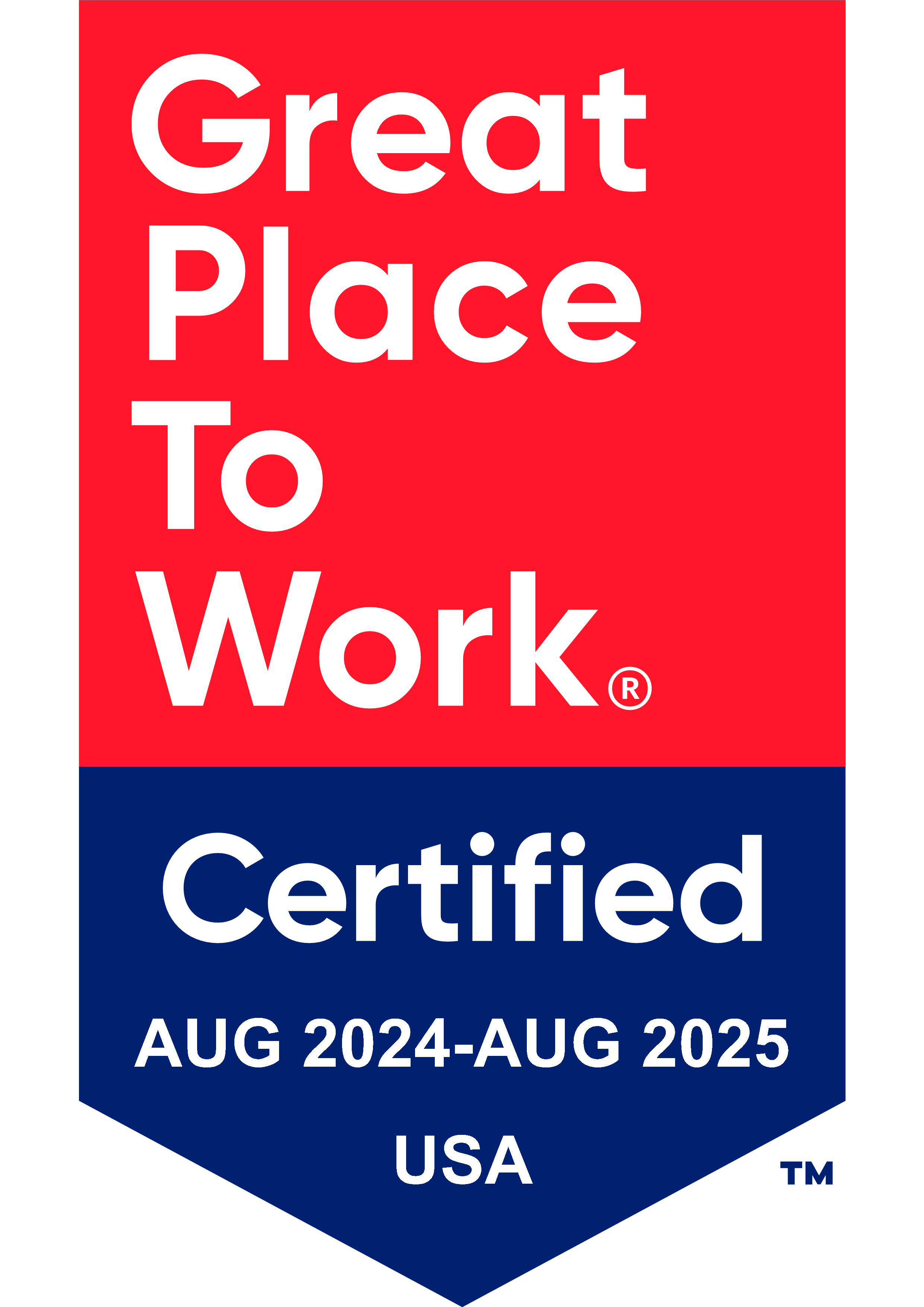The data analytics landscape is changing rapidly. With so many alternatives it can be difficult for companies to find out which platform is best for your business. Databricks, Microsoft Fabric, and Snowflake are three prominent cloud-based data analytics platforms, each offering a diverse set of features and capabilities suited for various business needs. In this blog post, we will assess these platforms across several key factors, allowing you to make an informed decision based on your unique requirements for modernizing your data and driving success with artificial intelligence (AI).
Let’s explore Databricks, Fabric, and Snowflake, top data analytics and AI platforms of 2024.
What to Explore
What are Databricks, Microsoft Fabric and Snowflake?
Databricks, Microsoft Fabric and Snowflake are all prominent data and AI platforms with a large presence in the analytics market. While most data professionals may be familiar with these leading platforms, here is a quick overview of each.
Databricks
Databricks has gained popularity as a platform of choice for data scientists and engineers due to its ease of use and features like Databricks SQL, artificial intelligence and machine learning. One of its unique features is the Unified Analytics Platform, which integrates various data analytics and machine learning workflows into a single, collaborative environment. This feature streamlines the process of building and deploying data applications, assessing and handling large volumes of data.
Figure:Databricks Platform
Source: Databricks.com
Databricks is built on open-source technologies and founded by the creators of Apache Spark. It offers strong support for machine learning and artificial intelligence projects. Its integration with popular machine learning libraries like TensorFlow and PyTorch makes it a powerful tool if you are looking to develop and deploy advanced models.
Databricks fits well with data engineering teams that prefer programmatical coding over drag-and-drop capabilities and visualizations for more flexibility. However, some clients find the Lakehouse hard to understand and learn, partly because of the large number of integrations, tools and features available. In such scenarios, Bitwise experts help organizations in navigating their data modernization objectives with understanding and implementing Data Lakehouse concepts.
Microsoft Fabric
Microsoft Fabric is an all-in-one enterprise solution providing a suite of facilities to democratize data pipelines, analytics and lakehouse practices resulting in an empowered data journey. It is also appealing to smaller businesses and startups that require robust analytics capabilities.
Figure:Microsoft Fabric
Source: Microsoft
The AI-powered analytics platform provides a user-friendly interface, making it accessible to a wide range of users, including those without extensive technical backgrounds. Microsoft Fabric’s simplicity can accelerate the onboarding process and reduce the learning curve for new team members. It provides a solid foundation for data analytics without the added complexity or expense of more advanced platforms.
The end-to-end platform simplifies data management by connecting data services like Data Lake, Power BI, Microsoft Purview and Synapse Workspaces. Analytics users can also use Microsoft Copilot (a Generative AI assistance tool) in Power BI to find more insights, ask questions and develop Power BI reports. Microsoft Fabric is a great fit for building reliable and scalable applications with AI-powered analytics and provides several features involving support for microservices based applications and integration with other Azure services. For a more detailed analysis, read our blog on Microsoft Fabric and best practices for achieving data modernization objectives.
Snowflake
Snowflake is designed to handle massive datasets and complex queries with exceptional speed and efficiency which makes it an attractive option for enterprises dealing with large-scale data analytics and mission-critical applications.
Figure:Snowflake Platform
Source: Snowflake
Snowflake helps to provide fresh insights and develop AI/ML capabilities by breaking down data silos and integrating with external data. With its Cortex AI, Snowflake enables business users to build generative AI applications and find answers in their data faster.
A key feature of Snowflake is the distinct separation of storage and compute. Separation of these resources allows high-performance and effective zero-copy cloning. Other than this, the platform’s time travel abilities allow you to do retroactive analysis and track the historical versions of your data in a time-period. Depending on the requirements of organizations, the cloud-agnostic nature of Snowflake can be both a disadvantage and an advantage. However, Snowflake gives the flexibility to run in Google, Microsoft and AWS public clouds as there is no vendor lock-in.
Choosing the Right Platform for Your Needs
The choice between Databricks, Microsoft Fabric, and Snowflake hinges on your organization’s specific needs and priorities. Here are some considerations to help you make an informed decision:
- What skill sets do you currently have in your organization and what new training or hiring will be needed?
- Can you perform data profiling to better understand your data readiness for AI and advanced analytics?
- What type and how much data does your company possess?
Consider Microsoft Fabric when your business has:
- Existing users of Microsoft or Azure products
- Requirement to add new features like Fabric’s AI powered Copilot and Power BI Direct Lake mode
- Need for multiple development studios
You may want to use Databricks if your organization:
- Requires integration of latest engineering features such as GPU clusters
- Needs to host and build databases withing the platform
- Supports more languages for data analysts and scientists like Python, Java and SQL
You might select Snowflake if your company:
- Wants to leverage the data vault architecture or has real-time data
- Has a large volume of data at business intelligence level and data warehouse
- Handles large amounts of semi-structured and structured data
Conclusion
Databricks, Microsoft Fabric and Snowflake are all excellent data analytics and AI platforms. The best platform for you will depend on your specific needs and requirements. Ultimately, the best way to choose the right data analytics platform for your business is to evaluate your specific needs and requirements. Consider factors such as the size and complexity of your data, the types of analysis you need to perform, what AI use cases you want to develop, and your budget.
By doing your research, you can find the platform that best meets your needs. Evaluating these platforms based on your unique context will help you make an informed decision that best serves your data-driven goals. Connect with our experts to explore how Bitwise can assist in this evaluation process, tailoring recommendations to your specific objectives.
You Might Also Like

Data Security
Implementing Fine-Grained Data Access Control: A Complete Guide to GCP Column-Level Policy Tags
Learn More













